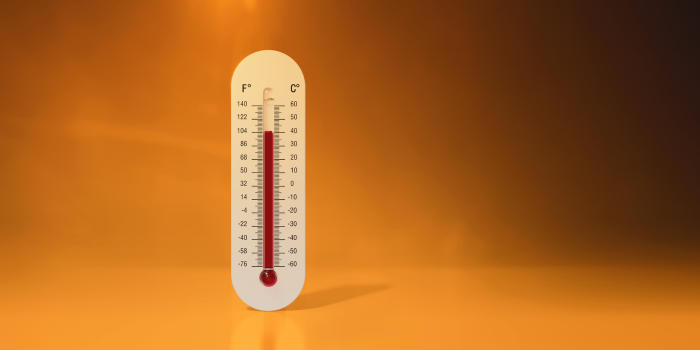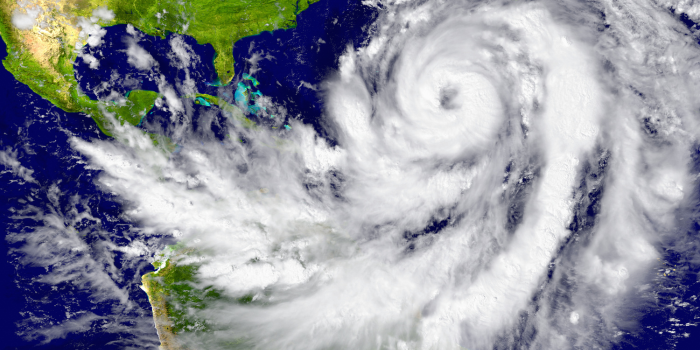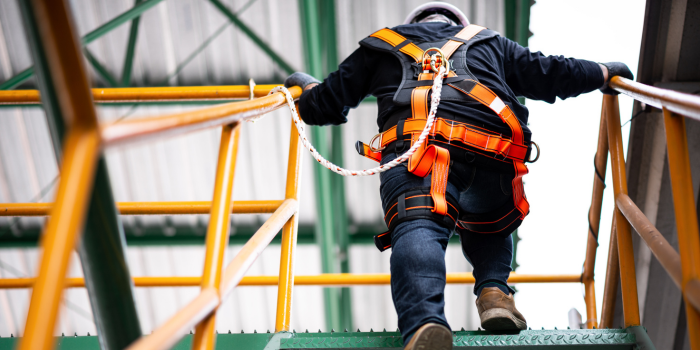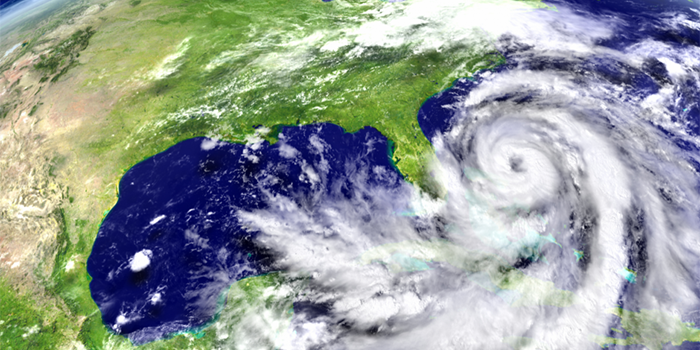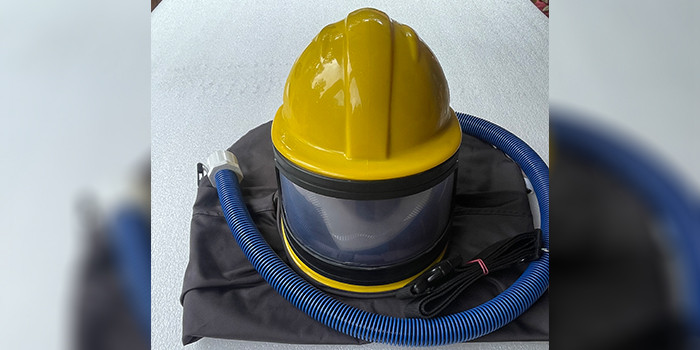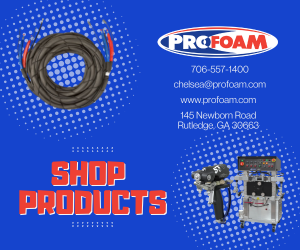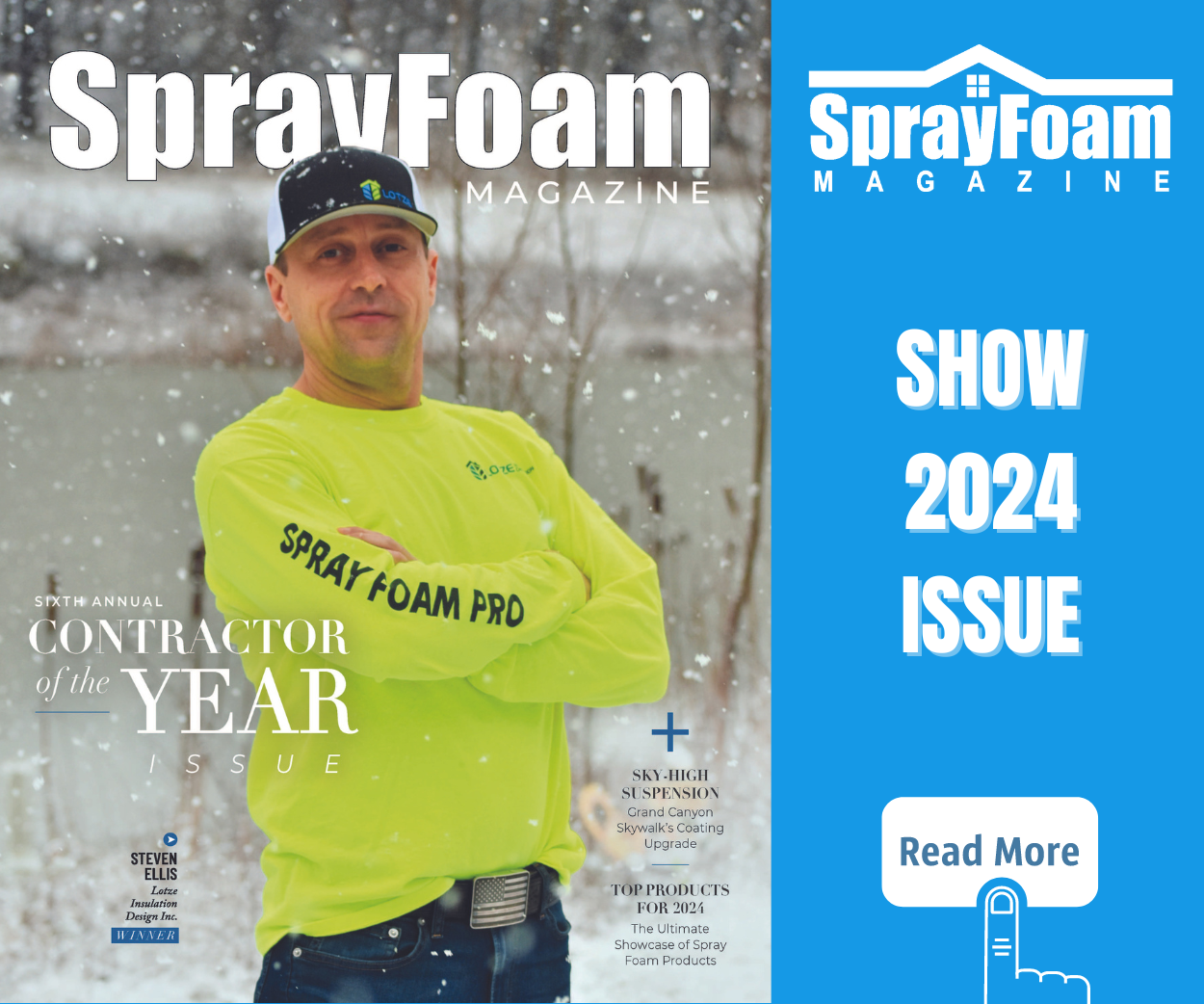SPFA Releases Report on Environmental Impacts of SPF
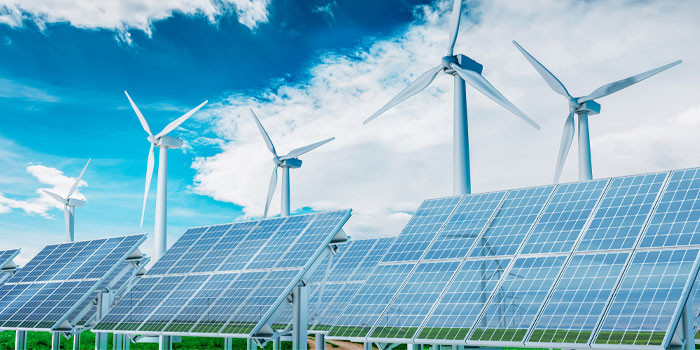
Stafford, VA (March 23, 2021) – The Spray Polyurethane Foam Alliance (SPFA), the voice and technical resource of the U.S. spray foam industry, today published a Life Cycle Assessment (LCA) Use Phase Analysis report which evaluates the environmental impacts and performance of spray polyurethane foam insulation. The report compares the environmental impacts of spray foam insulation as compared to fiberglass insulation, specifically measuring cumulative energy demand and global warming potential for homes insulated in different US climate zones.
“This Life Cycle Assessment Use Phase Report is really timely considering the expense and dangers of energy consumption and global warming to individuals and the planet,” says Rick Duncan, executive director of the Spray Polyurethane Foam Alliance. “Insulation choice plays a vital role in the decarbonization of homes and the energy sector and the findings of this study reflect what we in the industry have always known – that spray foam insulation is clearly the better choice.”
The SPFA’s new LCA Use Phase study reviews the cumulative energy demand and global warming potential impacts of spray foam and fiberglass insulations over a 75-year period. The impacts were estimated for a typical, new 2,512-square-foot home insulated and air-sealed to 2018 International Energy Conservation Code (IECC) constructed in three different US climate zones including: Houston, Texas, a hot-humid climate Zone 2; Richmond, VA, a mixed climate Zone 4; and Minneapolis, MN, a cold climate Zone 6.

Rick Duncan
The three homes were equally insulated according to 2018 IECC requirements in their respective climate zones using fiberglass as a baseline and various types of spray polyurethane foam insulation. The total number of insulation functional units (FU’s) were determined for the homes in each climate zone. The environmental impact of each home’s amount and type of insulation and the insulation environmental impact ‘spent’ to insulate each building was calculated. Next, energy modeling was performed using EnergyGauge to estimate the HERS score and annual energy use of the home in each of the three building designs, in each of the three climate zones and in terms of natural gas (therms) and electricity (KWh).
The report acknowledges that spray foam insulations have a higher initial environmental impact than fiberglass insulations, however it finds that the higher R-values and inherent air impermeability of spray foam save additional energy when installed at the same R-value as fiberglass insulations. The result is annual energy savings coupled with long term environmental global warming reduction based on regional energy sources typically used for heating and cooling. The report shows the reduction in carbon emissions by using SPF insulation instead of fiberglass in a single home is the equivalent of removing 14 to 23 automobiles from the road for an entire year.
“These impacts are noteworthy in that they represent the proven environmental benefit of using spray foam over fiberglass insulation,” adds Duncan. “And in all three climate zones, the total annual energy savings from spray foam insulation exceeds fiberglass insulation.”
About Spray Polyurethane Foam Alliance (SPFA)
Founded in 1987, the Spray Polyurethane Foam Alliance (SPFA) is the voice, and educational and technical resource for the spray polyurethane foam industry. The Alliance is a 501(c)6 trade association comprised of contractors, manufacturers, and distributors of polyurethane foam, related equipment, and protective coatings, inspections, surface preparations, and other services. The organization supports the best practices and the growth of the industry.
Disqus website name not provided.




